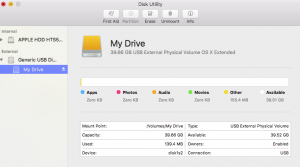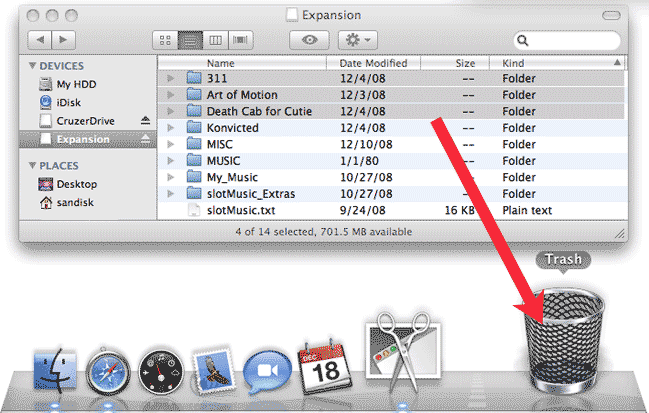

Secure Empty Trash feature isn't available since the El Capitan OS X update.

How to secure empty trash mac el capitan code#
These instructions work with OS X Yosemite. In my opinion, a better solution would have been for Apple to write a code that adds the Secure Empty Trash feature, but also includes a friendly pop-up reminder that appears whenever flash storage devices are erased (emptied from the trash). Here you need to specify what you are going to delete. Click on Launchpad in your dock, search for and click on Terminal, and it will launch for you. Here’s what that would look like in the logs on the master server: dns named: client 10.1.2.11#59633/key rndc-key (): transfer of '/IN': AXFR-styleĭns named: client 10.1.2.11#59633/key rndc-key (): transfer of '/IN': AXFR-style To secure erase files in the Trash, just: Control-click on the Trash icon in your Dock, at the bottom of your screen. Emptying the Trash Securely in OS X El Capitan In order to accomplish the task, all you need is a command and access to the Terminal app. Once the service comes up, it should immediately load the zone file and send a notify to the configured slave servers prompting them to initiate a zone transfer. However, you should be careful Otherwise, it will erase all your data. If you have data that needs to be protected then implement FileVault. Using Terminal to perform command is very effective to force empty Trash. Macs built-in SIP (Security Integrity Protection) makes sure larger files are overwritten first, the smaller ones don't really matter as they are allocated. You really don't gain anything from Secure Empty.
Then restart the bind service: sudo service bind9 restart No Jon, Secure empty Trash is unnecessary. On the master dns server, go to the path where zone file is located and delete the corresponding “jnl” file. Open it, right-click on an empty space and select Services -> New Terminal at Folder. Now, head to the folder storing the files you want to delete it. On an Ubuntu server running bind9, the fix for this is to simply delete the journal file for the zone. Select Services and then tick the option New Terminal at Folder. This happens when the master is not responding to a zone transfer request from one of the slave DNS servers.Ī quick check of the logs on the master DNS server will show a corresponding message: dns named: zone /IN: journal rollforward failed: journal out of sync with zoneĭns named: zone /IN: not loaded due to errors. The option to turn on 'Empty Trash securely' in the Finder advanced. If you are running a bind server, you may have come across this error message: named: zone /IN: refresh: unexpected rcode (SERVFAIL) from master 10.1.2.3#53 Today I saw the the menu item 'Secure Empty Trash' in the Finder menu was disabled.


 0 kommentar(er)
0 kommentar(er)
